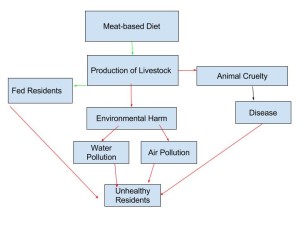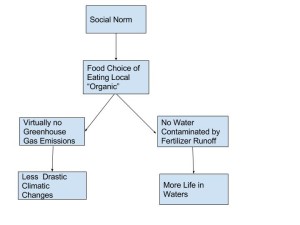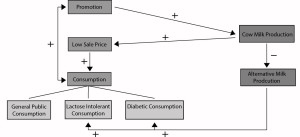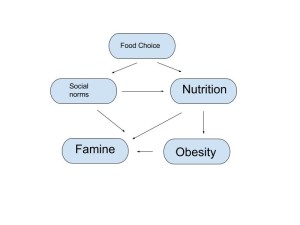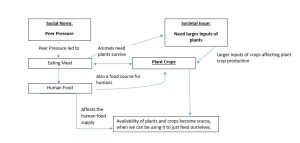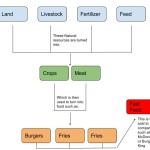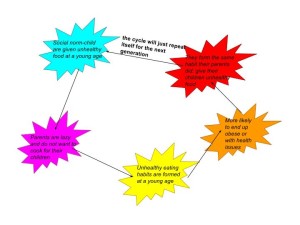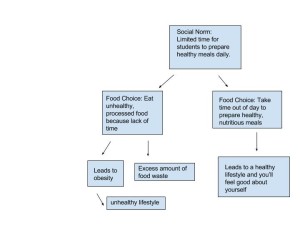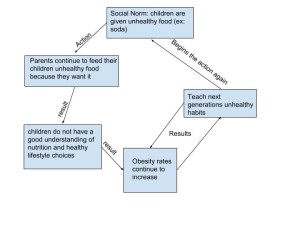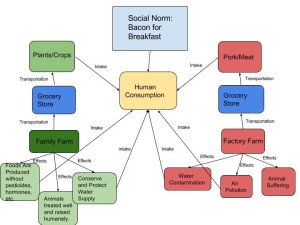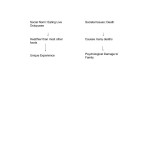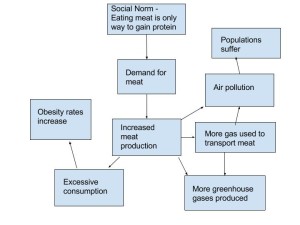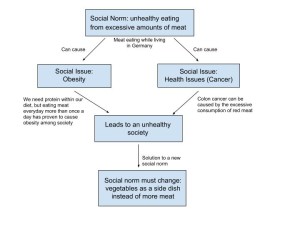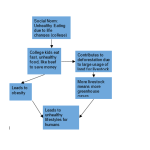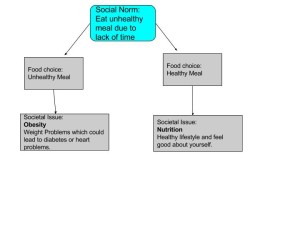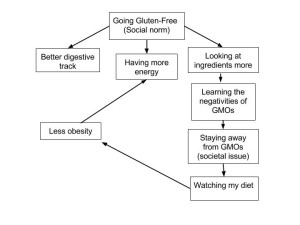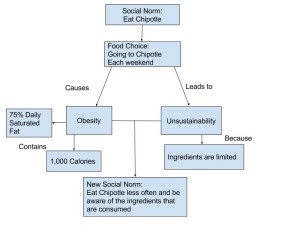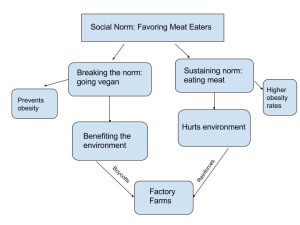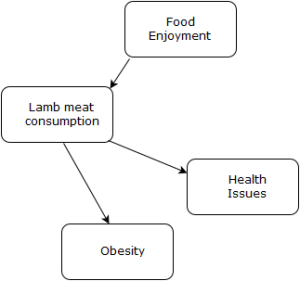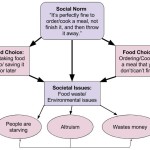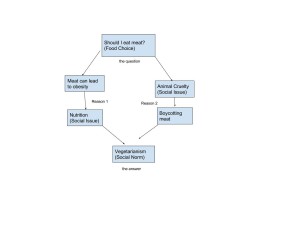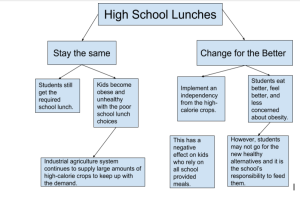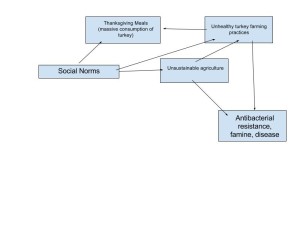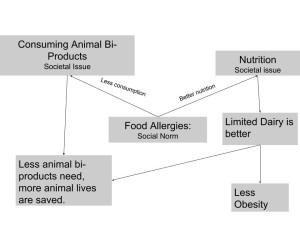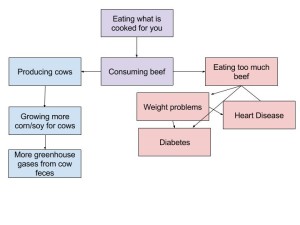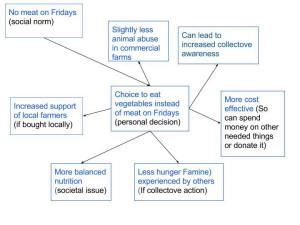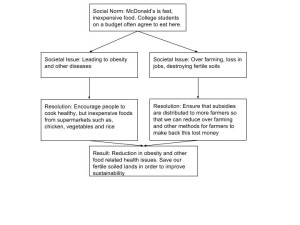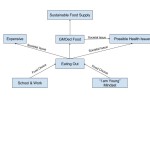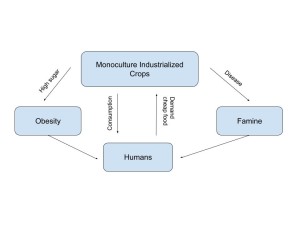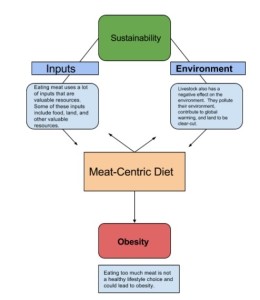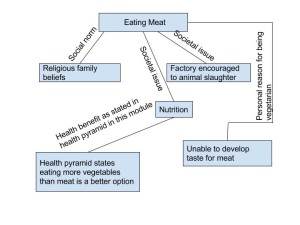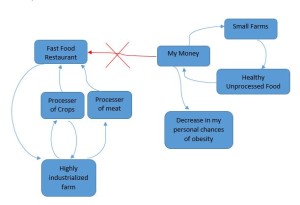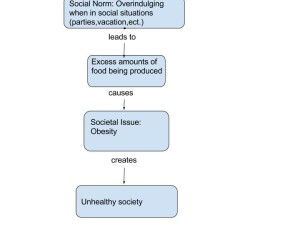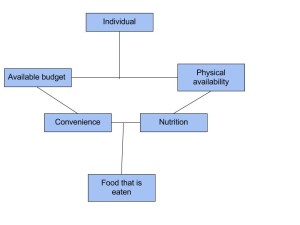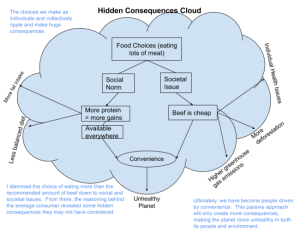A growing social norm is buying organic fruits and vegetables, and eating a vegan diet. My choices at the grocery store are influenced by my vegan roommate, who encourages my other roommates and I to do consider the lifestyle change. While I do still eat meat, I have been paying attention to buying organically raised fruits, vegetables, and even meats. I am glad it has become a norm in society to consider where our food is coming from, and to be mindful of the chemicals used in their life cycles. The general idea of environmental protection goes hand in hand with the trend of reducing hormones and chemicals in food production. It is in style to be healthy and “green”, and consumers want food options that they can feel good about eating.
A hot topic in food production is the use of growth hormones and chemicals in animals and produce. Therefore, the organic and vegan revolution has gained a lot of support from activists, in opposition to these processes. Another social issue that is highly debated is the creation and sale of GMO’s. As the model exemplifies, the genetic change in crops has made a variety of impacts on the environment including the inability to contain their spreading, and the legal ramifications of their patents. This is why the growing social norm of purchasing organic and vegan items has been so successful. I think this norm is for the good of society, and will hopefully have long term effects on the lifestyle and health of the population. It should be normal to want to eat chicken not pumped full of hormones, and eat grains natural to the Earth!



